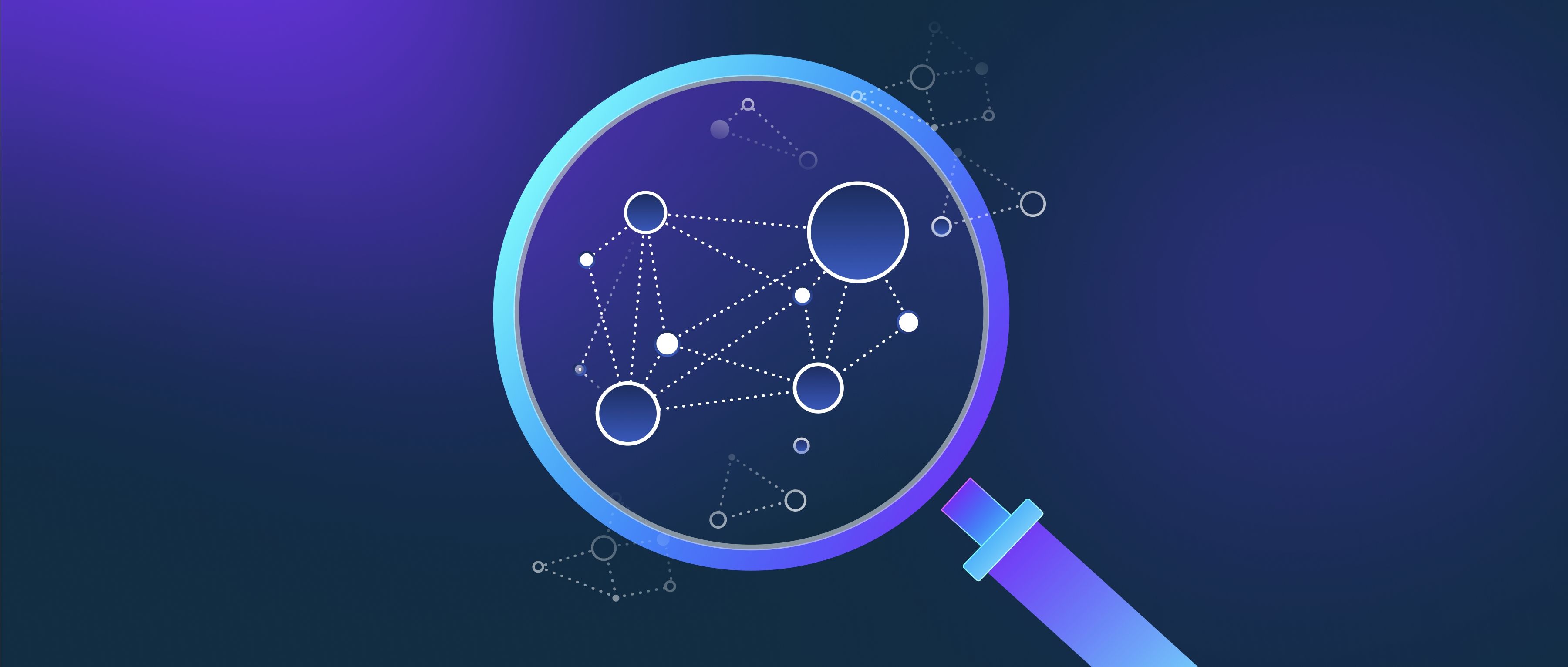Robots perform tasks like grasping and manipulation of objects through a combination of hardware and software components that allow them to sense, plan, and act. First, they need sensors to perceive their environment. Common sensors include cameras for visual information, tactile sensors for touch feedback, and ultrasonic or LIDAR sensors for distance measurements. These sensors help the robot identify the shape, position, and orientation of the objects it needs to manipulate. For example, a robot equipped with a camera can use computer vision techniques to recognize a mug on a table.
Once the robot has gathered information about its surroundings, it uses algorithms to plan how to grasp an object. This involves determining the best approach to reach the object while avoiding obstacles. The planning process may include calculating the optimal grip based on the object’s size and shape. Robotics frameworks like ROS (Robot Operating System) provide the necessary tools and libraries that help developers implement these planning algorithms. A practical example is a robotic arm that can decide to use a pincer grip to hold a small object securely without crushing it.
Finally, the robot executes the grasp using its actuators, which are typically motors or servos that control the movement of its arms or claws. Precise control is crucial for effective manipulation. For instance, when a robot attempts to pick up a fragile item like a glass, it must carefully adjust the force applied by its fingers to avoid breaking it. Feedback from its sensors allows the robot to make real-time adjustments during the grip. In summary, robots grasp and manipulate objects by perceiving their environment, planning their actions, and executing precise movements through coordinated hardware and software systems.
